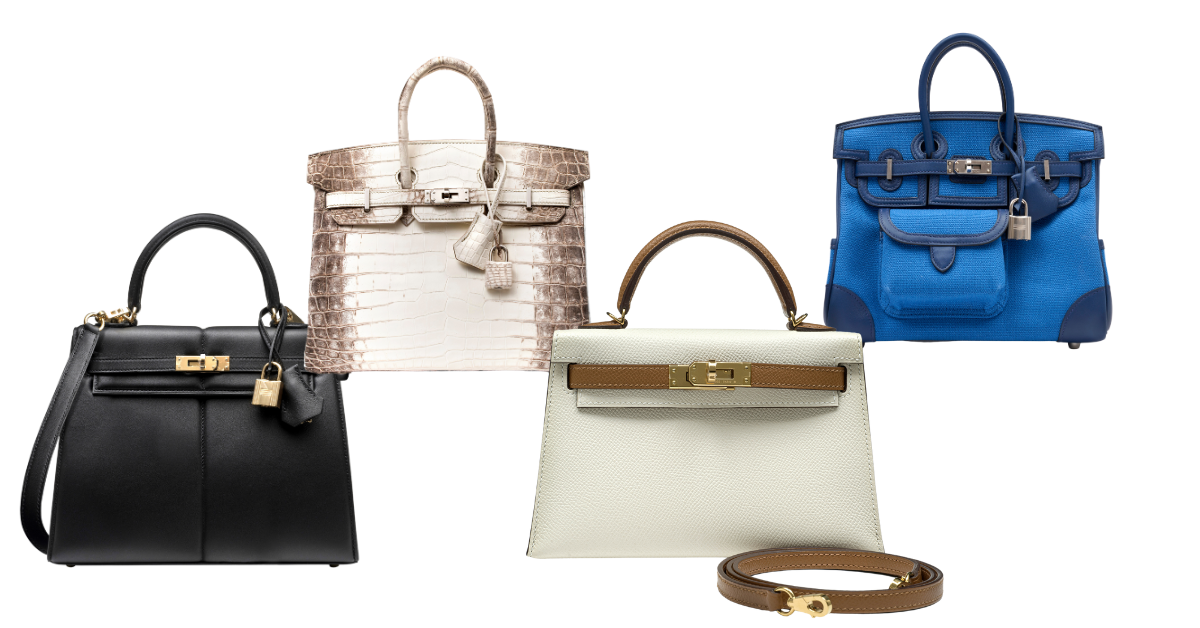The rare whisky market is booming, with record breaking sales for Scotch hitting the headlines. Mayfair Times assesses the pros and cons of joining the whisky rush.
Words: Will Moffitt
“They say that you can’t buy time, but I think you can with whisky,” David Gould, of whisky investment firm Vintage Acquisitions, tells me. “To drink a 30 or 40 year old whisky and take yourself back to where you were when it was distilled, makes you realise the gravitas of what you have the pleasure in drinking.”
When it comes to rare whiskies collectors are eager to purchase a rugged, malty cask of liquid history and purchase a commodity that – at least at surface level – looks a lot like liquid gold.
In July a buyer from Asia purchased a 1975 cask of Ardbeg Islay malt scotch whisky (Cask No.3) for a record breaking £16 million. The whisky, the brand's oldest ever released, was aged in two separate casks – comprising a bourbon and an Oloroso sherry – which were married to create a single malt. Perhaps the most remarkable aspect of the sale was the fact that the previous record (£1 million) had been set only a few months earlier.
The question of how to interpret this landmark sale differs. Bolstered by surging interest from South East Asia and more recently America the rare whisky market has exploded and the appetite for it appears to be voracious. Others, however, feel that the level of investment at the top end of the market might have peaked.

Featured image: 50 Year Old whisky from The Glenturret Distillery with a crystal decanter produced by luxury French crystal house, Lalique. Above: The Macallan in Lalique Six Pillars Collection
“People reacted differently to it,” says Jonny Fowle, senior whisky specialist at Sotheby’s. “Some were buoyed by the increase in price, others looked at it with trepidation. If prices continue to go up in such huge jumps that’s not sustainable.”
That being said, as Fowle is only too happy to tell me, the market has been growing exponentially since around 2016. Since he joined Sotheby’s in 2019 its whisky department has seen 1,000 per cent growth.
“Chinese interests were a huge boon to the industry, between about 2015 and 2020, but this year, we've seen the most strength in the US,” Fowle says, explaining that proportionately American whiskeys are increasing in value at the fastest rate even if their average price is much lower.
Scotch whisky remains the golden ticket, however, in part because of its alluring heritage. In August, Littlemill, Scotland’s oldest whisky distillery, launched 250 individually numbered bottles priced at £9,500 to commemorate its 250th anniversary.
Meanwhile, a bottle of the first ever 50 Year Old whisky from The Glenturret Distillery with a crystal decanter produced by luxury French crystal house, Lalique, sold for £52,500 at Sotheby’s this September, while a 57-year-old Macallan also with a Lalique decanter sold for £118,750. In total the auction generated £1.1 million.
These high profile sales make a foray into the market sound like a no brainer, but there are pitfalls when investing in these rare liquids.“There are many operators who are not legitimate, either overpromising on investment or selling counterfeit or ill-managed liquids,” explains Charles Beamish, CEO and founder of Beamish international, a global rare whisky private office.
“There is also varying return on quality as a cask may not always produce a high-quality whisky at the end of the maturation process,” Beamish adds.
Once the ageing process has been finalised it takes a master distiller with years of experience to select a high-quality liquid and decide what should be bottled and what should be jettisoned. Then, once this precious liquid has been selected, it needs to be assiduously stored and monitored.
“A cask needs to be looked after properly, in the right warehouses with professionals ensuring it is maturing correctly, not leaking, and isn’t overly exposed. If ABV drops below 40 per cent it can no longer be classed as whisky,” Beamish advises.
And despite the big sales and the boom of interest in these enchanting liquids, much like investing in wine or art, success is far from guaranteed in the whisky game.

Above: Master blender Michael Henry at the Littlemill distillery, photo: Stefan Sappert
“Whisky is booming currently but there are no guarantees that this will continue at the same pace,” Beamish cautions. “Sometimes it is difficult to resell [and] some distilleries will include clauses in the sale contract that ban the resale of a cask once it is purchased.”
Alan Powell, co-ordinator of the British Distillers Alliance, warns that the rising cost of materials could hamper the market. “We're going to have a situation where energy usage is putting pressure on production, because it is intensive,” he says. “Glass is getting scarce because of the cost that goes into making it.”
Fowle remains upbeat, supremely confident that lucrative sales will continue at auction. “I don't see things slowing down anytime soon, I think we'll still see a pretty buoyant market,” he predicts, before admitting that there is one thing he is concerned about.“People buy and sell whisky to make a profit, but they have to start opening bottles,” he says. “My concern is that people are buying whisky and not drinking it.”








